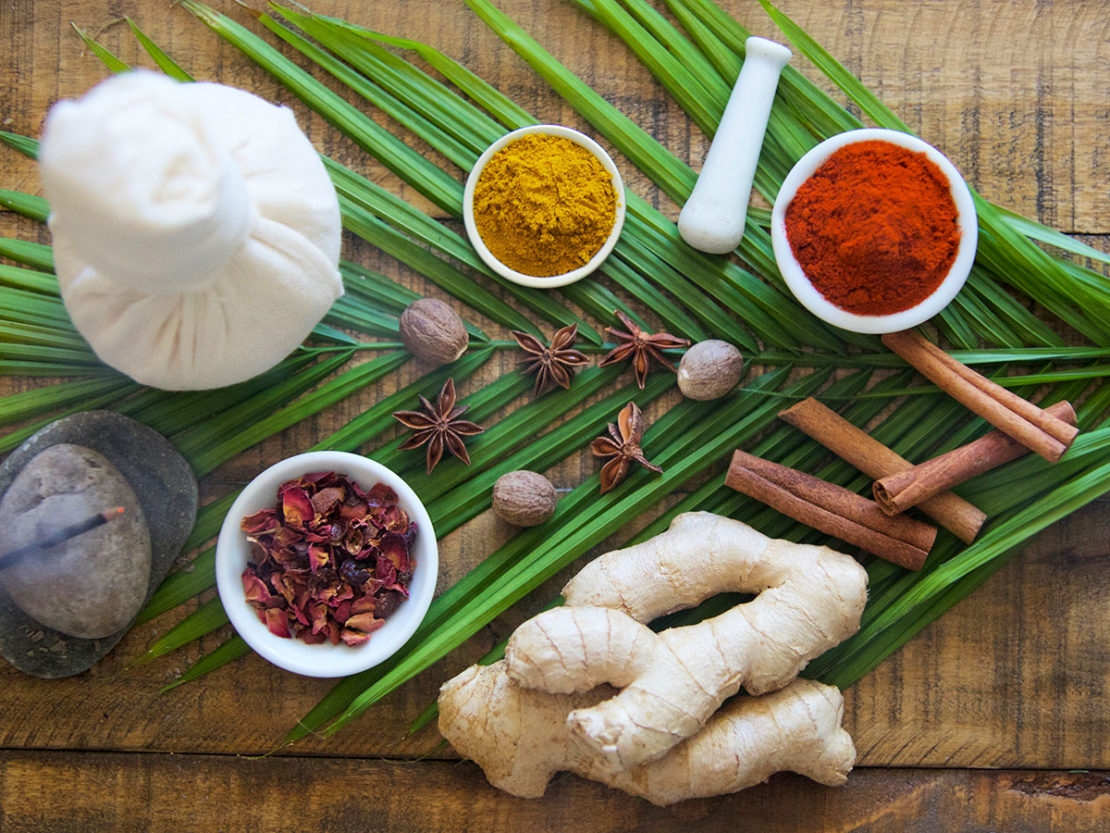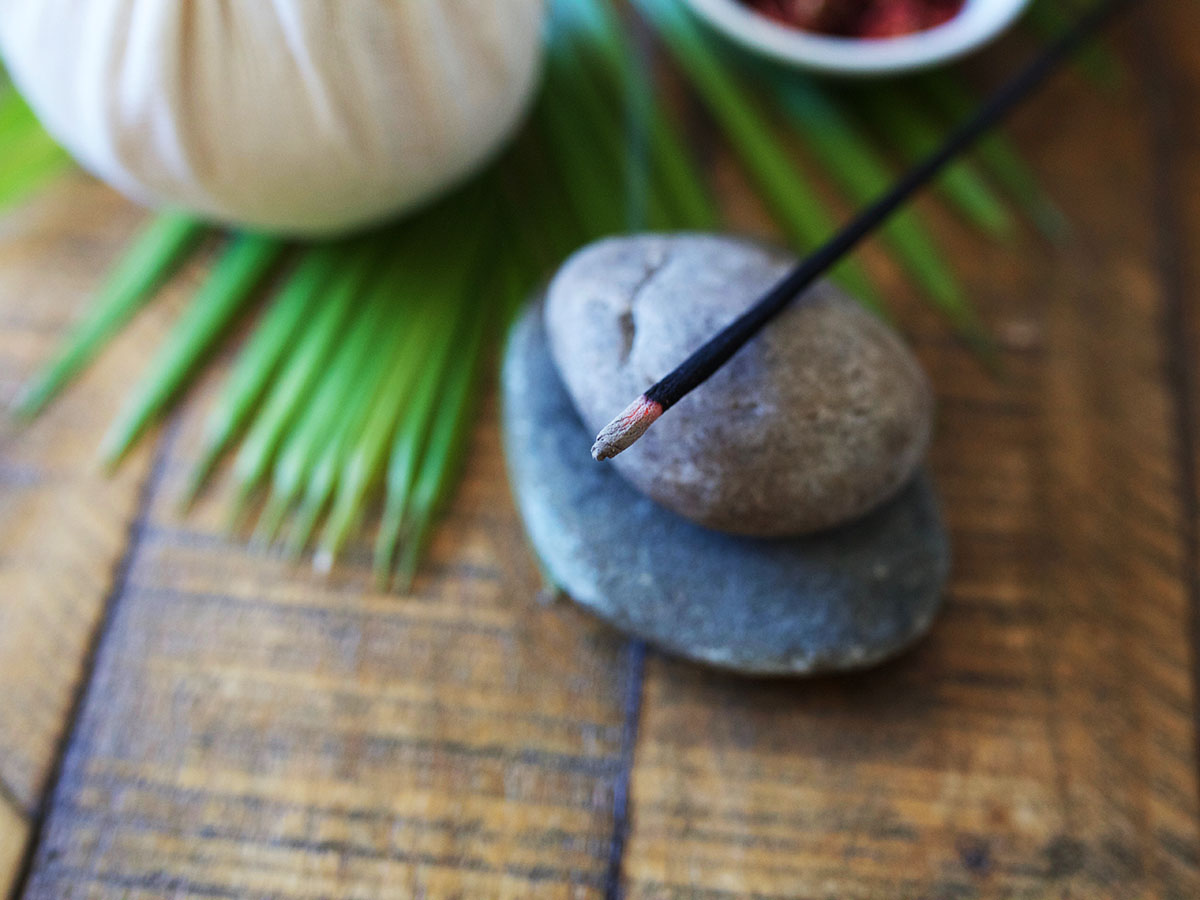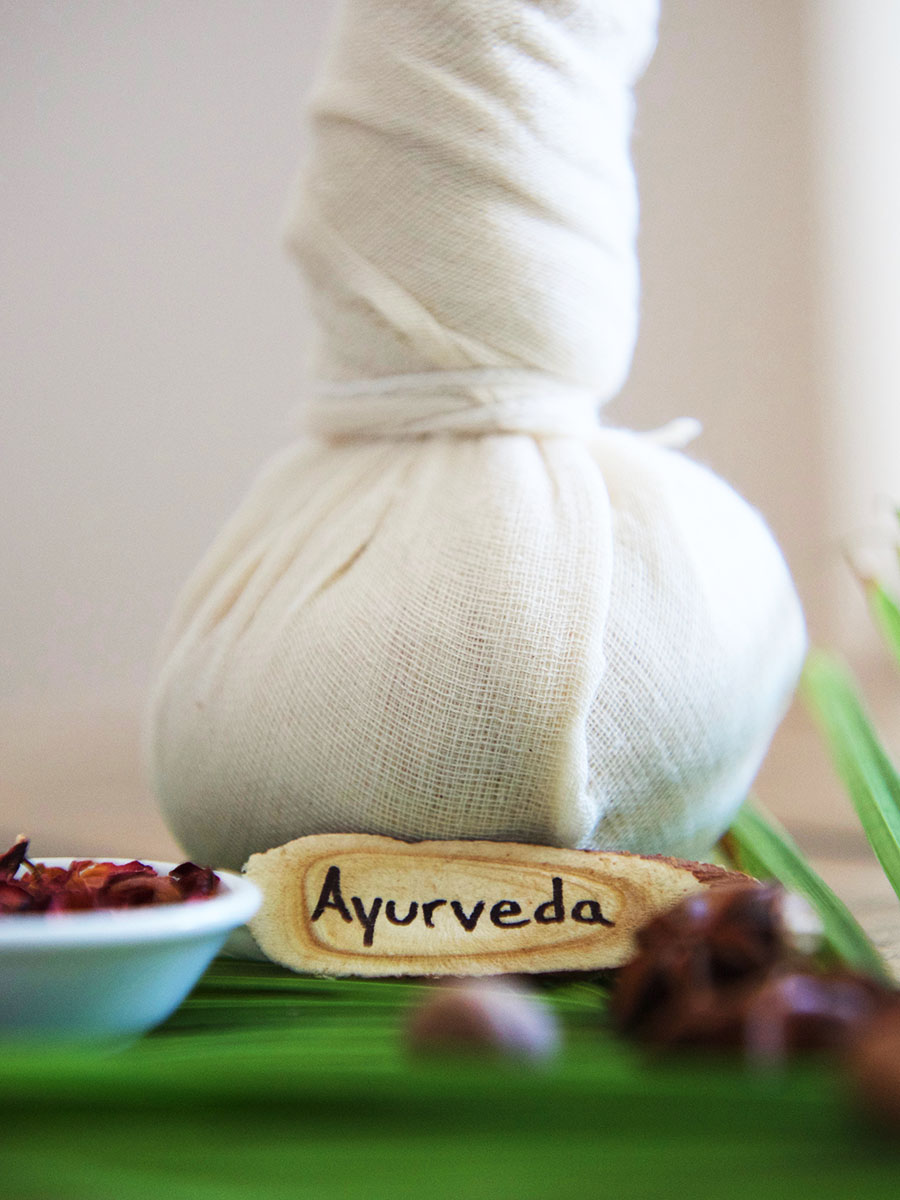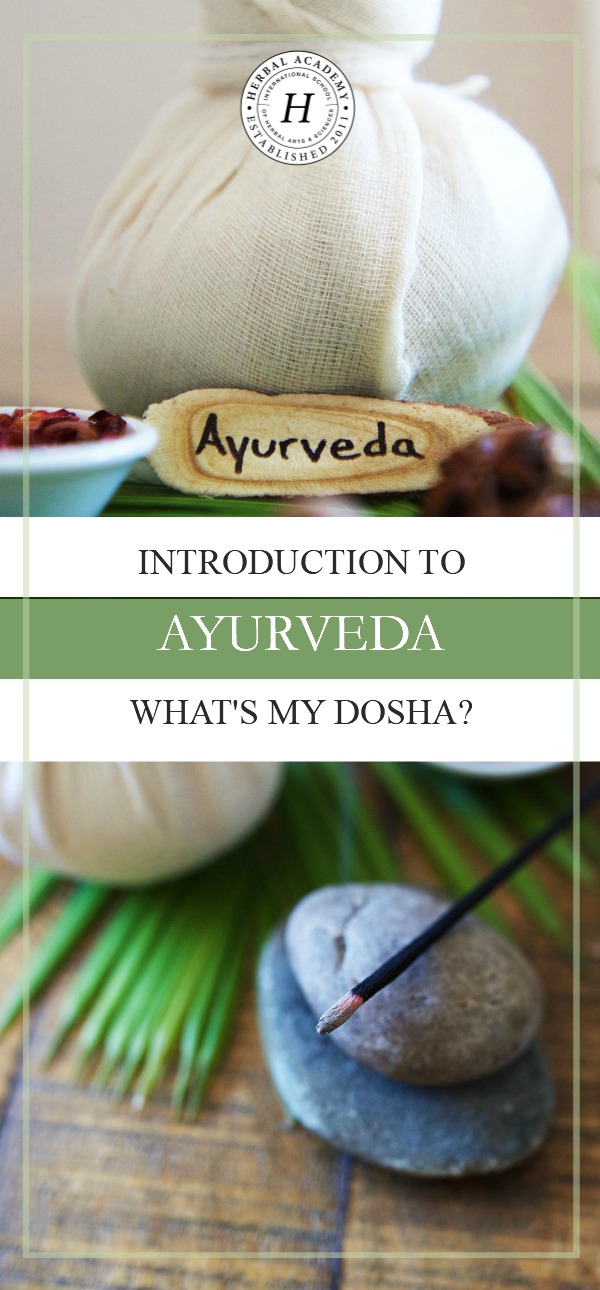
Introduction to Ayurveda: What’s My Dosha?
Ayurveda and the terms vata, pitta, and kapha are slowly making their way into alternative health lexicons. However, many readers may still be mystified by these concepts, or perhaps this is the very first time you are learning about these terms. This post is intended to provide you with a basic introduction to Ayurveda.
However, it is wise to keep in mind that Ayurveda, like yoga and all the ancient traditions, is an ocean of wisdom that is the product of thousands of years of practice, study, and observation. My hope here is to give you a peek into the wealth of wisdom that Ayurveda has to offer.
The Stuff Of Which We’re Made
Ayurveda and yoga philosophy all share the five-element paradigm of physiology. This paradigm states that all things in nature, including you, me, the foods that we eat, and all that we take in through our five senses—are comprised of the five elements: earth, water, fire, air, and ether. These elements exist in a very real way, and they can also be viewed as metaphors, with each element representing certain qualities.
Ether is in many ways the most important element because it is the great connector—the element that holds all the others. In many ways, it is also the most difficult to grasp. Similarly, a person who possesses a lot of the ether element can be a little hard to pin down at times. Ether represents connection, spaciousness, and possibility. Someone who is etheric is someone who is dreamy and imaginative. However, when an etheric person is put under pressure, they may simply disappear (i.e., shirk the work or responsibility rather than facing it head-on).
Air is the principle of motion. Someone who possesses a lot of the air element is likely to be bubbly, enthusiastic, and favorable to change and movement.

Fire represents light, heat, and transformation. Fire is the predominant element in the pitta dosha, which I will explain momentarily.
Water is the concept of receptivity and flow. It describes our ability to be receptive, compassionate, and to flow with the changes of life.
Lastly, earth represents solidity and stability. A person with a lot of the earth element in their constitution will likely be quite methodical, stable, and reliable.
Meet The Three Doshas: Vata, Pitta, Kapha
These five elements meld together in various combinations to form the three doshas, known as vata, pitta, and kapha. Air and ether combine to make vata dosha. Fire and water unite to make pitta dosha. Earth and water merge to make kapha dosha.
Dosha means, ‘fault,’ or ‘to cause harm.’ Doshas are inherently neither good nor bad. However, when a dosha becomes excessive, the result is some form of imbalance—physical or emotional. Ayurveda considers disease to be the result of living out of harmony with nature—our nature as well as the natural world in which we live.However, to live in harmony with our nature, we must first understand what our unique nature or constitution is.
Everyone is made up of a one-of-a-kind balance of the three doshas. This is their prakruti. Some people predominate very strongly in one prakruti, or one dosha. Others have a dual prakruti, meaning that two of the doshas show up very strongly in that individual. Lastly, and most rare, is someone who is tridoshic, which means they possess an equal balance of all three doshas.
Now a little more on how vata, pitta, and kapha doshas present in individuals.
The Bumblebee
Vata, being made of air and ether, is dry, light, cold, rough, and mobile in nature. These qualities manifest in a vata’s physiology and psychology. Those with a predominant vata nature tend to be light of frame, with delicate features, and a tendency for dry skin. They also tend to enjoy movement, creative pursuits, and travel.
When a vata type is balanced, he or she will be enthusiastic, creative, and adaptable. However, when vata becomes excessive, symptoms include dry skin, nervousness, insomnia, and possibly constipation. Vata types are likened to a bumble bee in that they are light, quick, and tend not to stay in one place for too long.

The Bull
Pitta consists of water and fire. This dosha is predominantly fiery in nature. The qualities of pitta dosha include sharp, hot, oily, and intense. Therefore, pittas tend to have a warmer complexion, robust circulation, angular features, and intense appetites.
When pittas are balanced, they are disciplined, logical, and can make strong teachers and leaders. They also tend to be quite driven and can become hypercritical and impatient when the flames of pitta are running high. Other symptoms of excessive heat, be they psychological or physiological (i.e., rashes, acne, inflammation), are considered to be manifestations of excessive pitta. Pitta types are likened to a bull or a tiger in that they are fierce and determined.
The Turtle
Kapha is comprised of earth and water, and thus reflects the qualities of those elements. These include heavy, dense, moist, cool, and slow. Strong kapha types have larger, rounded features, a voluptuous or solid build, large eyes, thick hair, and strong bones.
Some of the positive attributes of kapha are patience, loyalty, compassion, as well as being methodical and even-keeled. Vitiated (excessive) kapha presents as symptoms such as lethargy, excess weight gain, water retention, and excess mucus. Kapha types are likened to a turtle in that they are slow, steady, and peaceful.

Your Constitution, Then and Now
Typically when someone asks, “what’s your dosha?” they are referring to your prakruti or your original constitution. Ayurveda teaches that this unique balance of the doshas is fixed and does not change throughout your lifetime.
However, of perhaps greater importance, is your vikruti. Your vikruti is your current balance of the three doshas and can fluctuate day to day, month to month, and certainly through different phases of life.
It is important to understand both your prakruti and vikruti because this will provide you with immense and profound guidance regarding the foods, herbs, spices, and lifestyle practices that are most balancing to you.
It is important to have a consultation with an Ayurvedic practitioner to get an accurate determination of your prakruti and vikruti. The intake process is extensive and thorough and takes into account short term and long term patterns. However, to get a glimpse, you can take various online quizzes such as this one provided by Maharishi Ayurveda or you can consult with the quizzes found in reputable Ayurvedic books, such as David Frawley’s Ayurvedic Healing or Dr. Vasant Lad and Usha Lad’s Ayurvedic Cooking for Self-Healing.
Harmony Equals Health
Overall, the important truth to remember is that harmony equals health and disharmony equals disease.
When we live in a way that is balancing to our prakruti and vikruti, the result is health. When we make choices that aggravate our dosha, especially when those decisions are made repeatedly over time, the result is ill health.
Lastly, Ayurveda teaches that your body has an amazing capacity to self-heal. Your body is continually seeking homeostasis. Ayurveda is the practice of giving your body the tools it needs to heal itself. As Dr. David Frawley (2000) teaches, “We must ever seek greater life, light, and love because this is the nature of the universe itself” (p. 8).
For more Ayurvedic posts, see:
Ayurvedic Guide to Boosting Digestive Power
The Top 5 Ayurvedic Kitchen Spices to Keep In Stock

REFERENCES
Frawley, D. (2000). Ayurvedic healing. Twin Lakes, WI: Lotus Press.
Halpern, M. (2012). Principles of ayurvedic medicine. Nevada City, CA: CA College of Ayurveda.
Lad, U. & V. (2009). Ayurvedic cooking for self-healing. Albuquerque, NM: The Ayurvedic Press.







